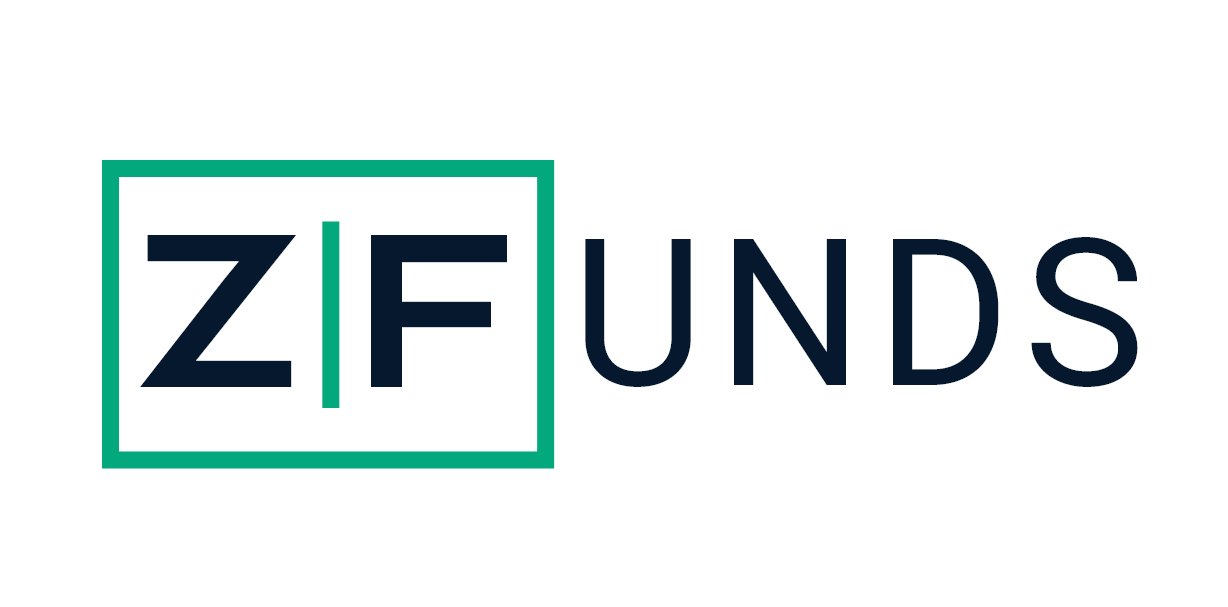ZFUNDS
ZFunds Distribution Private Limited is an AMFI registered Mutual Fund Distributor (ARN-163501)
Date of initial registration : 30-May-2019
Current Validity of ARN : 29-May-2028
BSE Star MF member code : 35243
Copyright @ 2025 ZFunds All rights reserved



